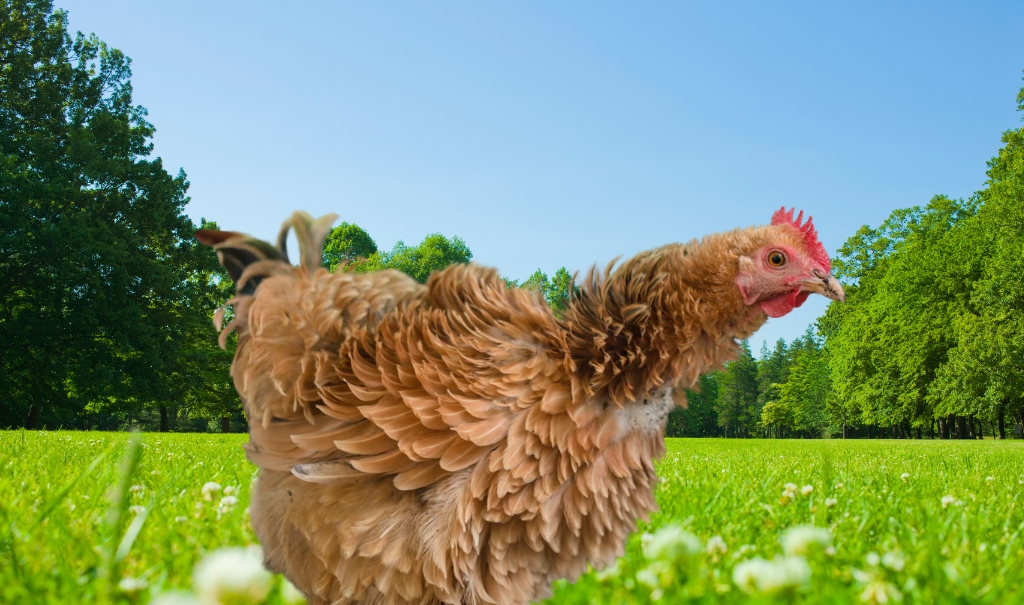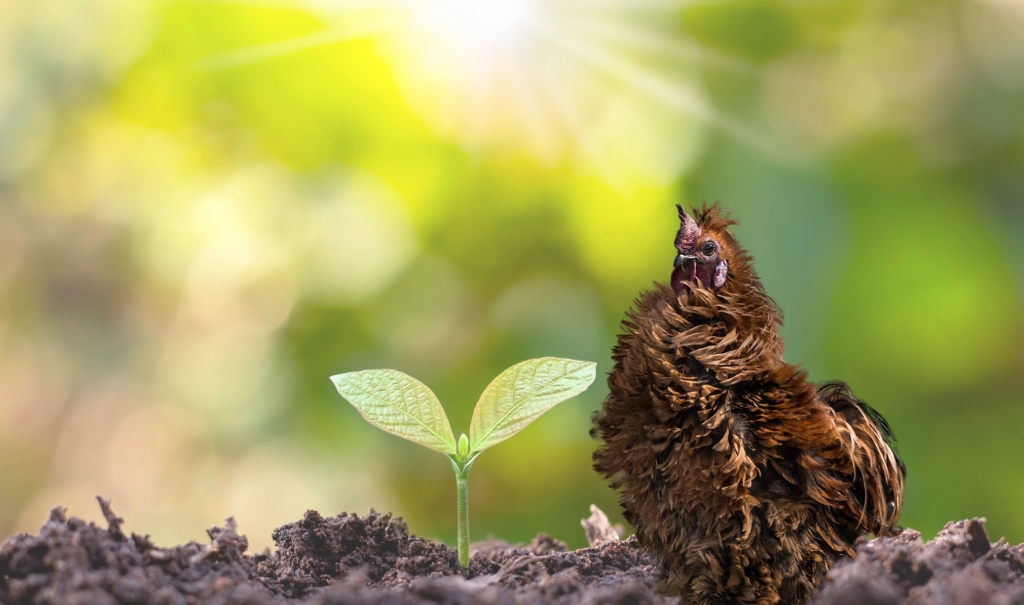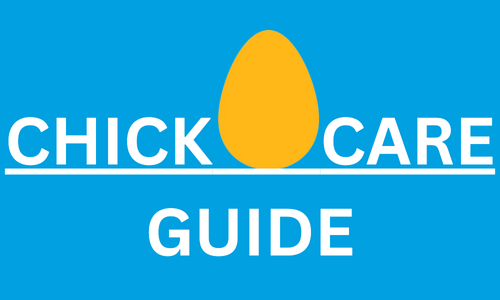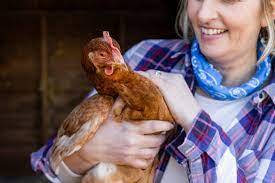Frizzle Chickens are one of the most interesting types of chicken because of their unique, curly feathers. Frizzle Chickens aren’t just regular chickens with bad hair days—their feathers curl outward because of a genetic trait, giving them their famous look. But what is a Frizzle Chicken, and why are they different?

History
The Frizzle chicken is unique because the feathers of this bird curl due to a natural genetic disorder. Its existence dates back hundreds of years ago, with mentions of it in Asia and Europe, with emphasis on the Philippines and India. People in Europe grew to like these birds due to their beauty by the early 18th century.
First and foremost, there is not one kind of this breed. Rather, it’s a feather type that can be identified in many chicken types, like Cochin and Polish. Currently, frizzle chickens are preferred for display in carnivals, shows, and other activities because they look like friendly animals.
Physical Characteristics
One look at a Frizzle, and you’ll notice something that makes it unique: it may be observed that its feathers curl in the backward direction only. These feathers make them look ruffled and fluffy, making them prominent in any group of birds, even in a flock. This is good news for people who love Frizzle Chickens because, although their feathers are abnormal, their bodies are normal chicken bodies. They are different breeds, and this means they contain different colors on their bodies, such as black, white, and blue.
Types of Frizzle Chickens
Every type of Frizzle is different and has its special traits:
- Frizzle Cochin: The frizzle cochin is a type of chicken known for its fluffy, thick feathers. Because of their appearance, they are very popular at shows.
- Frizzle Polish: These birds look even more striking because they have a big cap of feathers on their heads on top of their loose body feathers.
- Frizzle Silkie: The silky smooth feathers of the Silkie breed and the frizzled gene combine to make the Frizzle Silkie a fluffy chicken that looks like a cloud.
Frizzle Feather Structure
How Frizzle’s feathers are structured is very different from that of a regular chicken. Because of a natural change, their feathers don’t lie flat; instead, they curve outward. The feathers’ shafts get twisted, making them curl back on themselves because of this change. A dominant gene makes this happen; a chicken only needs one copy of the gene to have frizzy feathers.
How Frizzle Chicken Acts?
People love Frizzles because they are gentle and friendly. They like being around other chickens and are generally very friendly. They have a strange look and are very playful, which makes it fun to watch how they interact with their surroundings.
Can you breed 2 Frizzle chickens together?
Billing two Frizzle chickens together is not a good idea because it can cause health problems and worsen genetic flaws. It’s already possible for Frizzle chickens to get sick because of the way their feathers are shaped. If you breed two Frizzles together, you may be more likely to pass on these problems to their children, which can make them more likely to get sick and lower their quality of life. To get healthier, stronger puppies, it’s best to breed a Frizzle with a dog that isn’t a Frizzle.
How often does a frizzle Hen lay eggs?
Frizzle hens lay about 120 to 150 eggs a year, a modest number. On average, they lay 2 to 3 eggs a week, but some lay more often. During molting season, they lay fewer eggs, but if you take good care of them and feed them well, they will keep laying eggs their whole lives. They start to lay eggs when they are 5 or 6 months old. The egg is either cream or brown.
What is the size of frizzle chicken?
Frizzle chickens come in various sizes, including:
- Bantam Frizzles: Average mass and ranges at 2-3 pounds (0. 9-1. 4 kg).
- Standard Frizzles: Range in weight between 5-7 pounds (2. 3-3. 2 kg) and measure about 18-20 inches (45-50 cm) in height.
- Large Frizzles: Bulldogs weigh about 3. 6 – 4. 5 kg or approximately 8-10 pounds, and their height ranges from 55- 60 cm or 22-24 inches.
Just remember that sizes are not fixed, and they might differ according to the size of the breeding and individual traits of the pet.
How to care for Frizzle Chicken?
Frizzle Chickens are similar to other chickens, but their feathers are different and require extra care. Because they have feathers, they are more fragile and cannot handle the weather than normal birds. To keep your chicken happy and healthy, do the following:
- Housing Requirements: Provide them with a dry, draft-free coop to protect their fur.
- Feeding Instructions: Normal chicken feed is fine because they don’t need anything extra.
- Grooming and health care: They need regular checkups to ensure their skin and feathers stay healthy.
Frizzle Chickens as Pets
You will enjoy having a Frizzle as a pet. They are friendly and curious, so they make great pets. People also love their unique feathers. But make sure you have the time and money to take good care of it before you buy one.
How can I tell if a chick is a Frizzle?
You can tell if a chick is a Frizzle by its curly feathers. Fouls on frizzle chicks curl outward instead of sitting flat. Their feathers will look fluffier and more ruffled as they get bigger. They are different from chicks, whose feathers are smooth and straight because of this. When the chick is a few weeks old, and all of its feathers are stuck together, this design can be seen.
Are Frizzle chickens docile?
Frizzles are calm and easy to handle(docile), making them perfect for groups that have backyard chickens. These birds are friendly, interested, and gentle, and they don’t mind being around people or other animals. These birds are calm, so they are easy to care for and handle. Their feathers are soft and fluffy.

Are Frizzle chickens good mothers?
Frizzle hens are good mothers who love their babies. When they are “broody,” they want to lay eggs and raise their young. They also teach the young what they need to know to stay alive and safe and care for and protect them. Wonderful mom!
Conclusion
A Frizzle chicken is unique. They are friendly, have an interesting history, and their wings fold back, which makes them fun to raise. That being said, it’s worth it to take extra care of them. You can keep or just look at them; either way, they’ll make you smile.
FAQs
Is Frizzle Chicken Bantam?
In regard to the size, shaggy chickens can be either standard or bantam, but it depends on the breed. Some fur breeds like the Cochins as well as the Silkies are offered in the bantam range. Thus, not all Frizzle chickens are bantams; however, there can be bantam chickens with frizzled feathers.
Are Frizzle chickens rare?
Frizzle chickens are considered to be endangered poultry breeds because of this gene that makes the feathers of the bird look fuzzy. They are hard to find and are bought by those who breed specialty and those who have an interest in chihuahua.
Are Frizzled Chickens Cold Hardy?
Due to the curly nature of their feathers, frizzled chickens are less cold hardy compared to the normal chickens. They require additional cover in the winter in order to avoid contracting diseases which are brought about by cold weather conditions.
What causes the frizzled appearance in chickens?
Due to a dominant gene the feathers of the chicken appear frizzled because numerous feathers of the chickens grow in a manner where they curl outwards.
How long do Frizzle Chickens live?
The average lifespan of Frizzle chicken is approximately at 5-7 years depending on care and living standards as is with most chickens.


